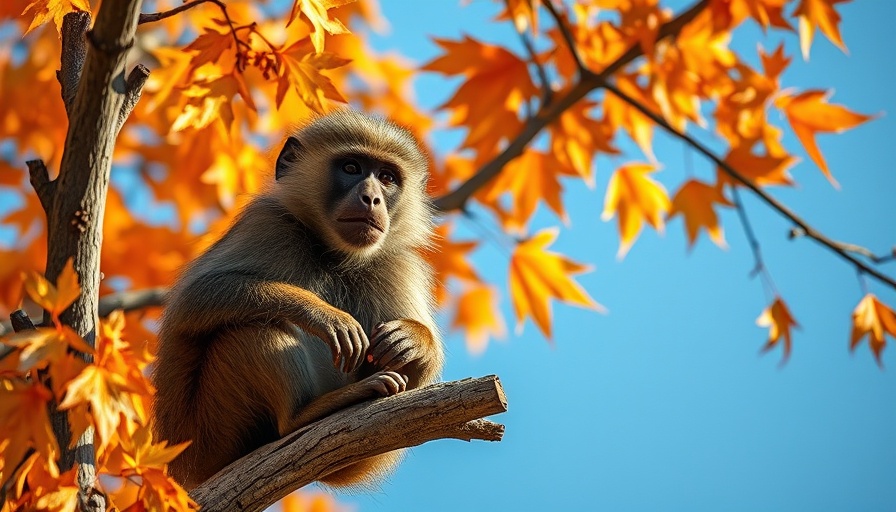
Climate Litigation: A New Wave of Environmental Justice
The Global Climate Litigation Report: 2023 Status Review by the United Nations Environment Programme reveals an enlightening yet urgent trend in addressing the climate crisis. With over 2,180 climate-related cases filed in 65 jurisdictions as of December 2022, the significance of judicial intervention in climate matters becomes ever more clear. This is a substantial rise from only 884 cases in 2017, underscoring a growing mobilization towards legal accountability in the face of environmental degradation.
Who is Leading the Charge?
Children, youth, women’s groups, local communities, and Indigenous Peoples are becoming increasingly involved in litigating climate issues. These groups are not just passive victims of climate change; they are transforming into active advocates for their rights and the environment. They are seeking legal recourse to drive systemic changes in governance and climate action, showcasing how accessible legal frameworks can empower marginalized voices.
Why Does Environmental Rule of Law Matter?
The report emphasizes the critical importance of an environmental rule of law, illustrating that access to justice is fundamental for protecting environmental rights. By aligning human rights with environmental justice, courts can hold governments and corporations responsible for their actions, ensuring that ecological integrity is restored while also safeguarding human wellbeing. This intersectionality between rights and the environment is particularly pivotal in light of the UN General Assembly's recognition of the right to a clean and sustainable environment.
Shifting Trends and Key Issues in Climate Litigation
As climate-related litigation evolves, we see emerging trends that highlight the scope of legal arguments being utilized. Cases now increasingly focus on asserting climate rights, corporate liability for climate-related harms, and failures to enforce existing climate laws. With the world shifting towards renewable energy, litigation targeting fossil fuels is likely to gain momentum, aligning legal responsibility with the pressing need for society to mitigate climate change impacts.
A Call to Action
This report not only documents the state of climate litigation but serves as a vital resource for various stakeholders — from policymakers and environmental defenders to everyday citizens. Understanding these trends can empower individuals and communities to become part of the climate dialogue, asserting their rights and pushing for accountability. As global citizens, we all have a role to play in safeguarding our environment — be it through activism, advocacy, or simply staying informed.
 Add Row
Add Row  Add
Add 


Write A Comment